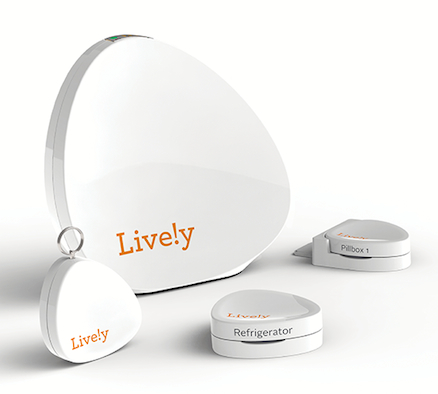 As yesterday's baby boomers become tomorrow's seniors, America's already overburdened healthcare system is in trouble. And according to Stephen Johnston, cofounder of Aging 2.0, and Laurie Orlov, founder of Aging in Place Technology Watch, technology represents our best hope to avoid the crunch.
As yesterday's baby boomers become tomorrow's seniors, America's already overburdened healthcare system is in trouble. And according to Stephen Johnston, cofounder of Aging 2.0, and Laurie Orlov, founder of Aging in Place Technology Watch, technology represents our best hope to avoid the crunch.
"If you make it to 65 today, you have another 20 years on average," Orlov said at the mHealth Summit in National Harbor, Maryland on Monday. "And that's independent of chronic disease or memory issues. The question to think of is 'Who's going to help take care of all those people?'"
Orlov said that today the country has seven younger adults for every one person older than 80. By 2040, that figure will be down to four. "In the next 20 years," she said, "Somebody better have invented something useful."
Johnston's company, Aging 2.0, launched its startup incubator GENerator this past fall. Johnston shared a number of technologies for seniors being developed by companies in the incubator, including caregiver assistance services like CareLinx, an online marketplace for hiring caregivers, aesthetically designed at-home sensor companies like Lively, and BrainAid, a mobile app to help individuals with cognitive impairment, to name just a few.
Although there is some innovation focused on the aging space, Orlov was skeptical about the solutions that exist, because technology is still designed in a very limited way for older people, while mainstream tech is not developed with older users in mind at all. For instance, she asked why there's still no "Fitbit for seniors."
"The PERS market is a really large and unfortunately slow moving market," she said. "That market is a need-based market, sold to people in their 80s and up. Approximately 10 percent of the industry is now mobile to make it of interest to 60 and 70-year-olds. But it's not integrated whatsoever, with the fitness, clip-on, track-your-activity market. It could be integrated. And wouldn't it be nice if one of those devices could track your inactivity, so it would know if you stopped moving for a while?"
Meanwhile, she said, smartphones and tablets have small, hard to see buttons with little consideration to vision and motion-impaired users. Gestural interfaces like the Kinect could potentially help solve the problem, she said.
Interestingly, Orlov's view of the future of product offerings for seniors is an elimination of the category entirely.
"There will be no aging in place technology market by 2020," she said. "All technology will be customizable and usable by all categories of people, and we will not have to have technologies that are marketed for seniors."













